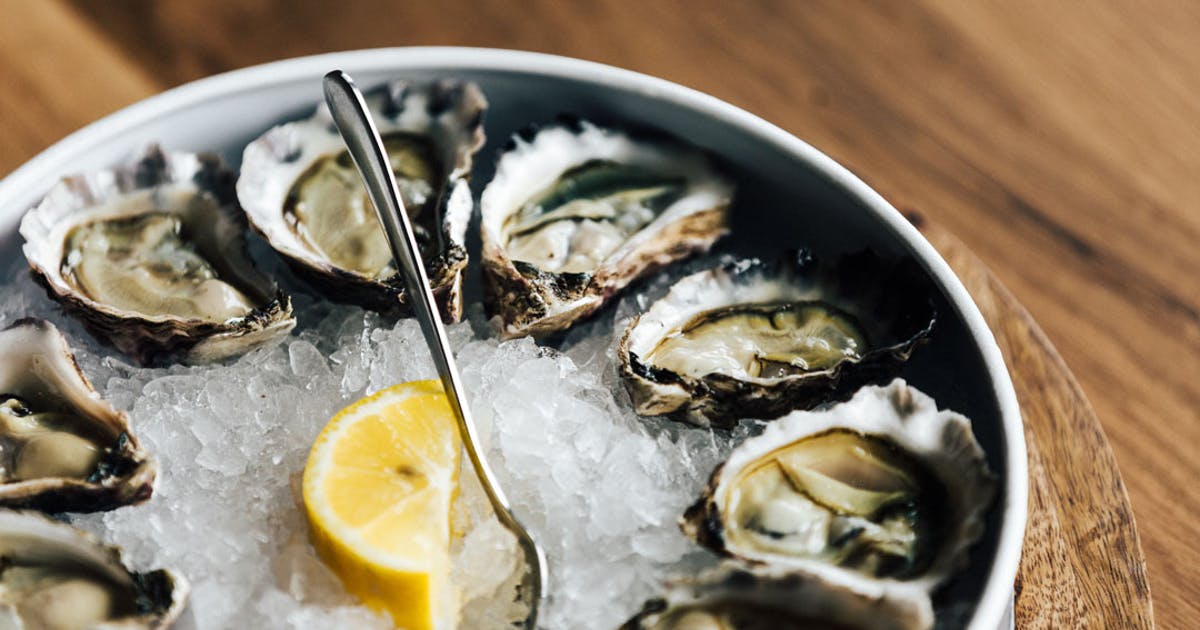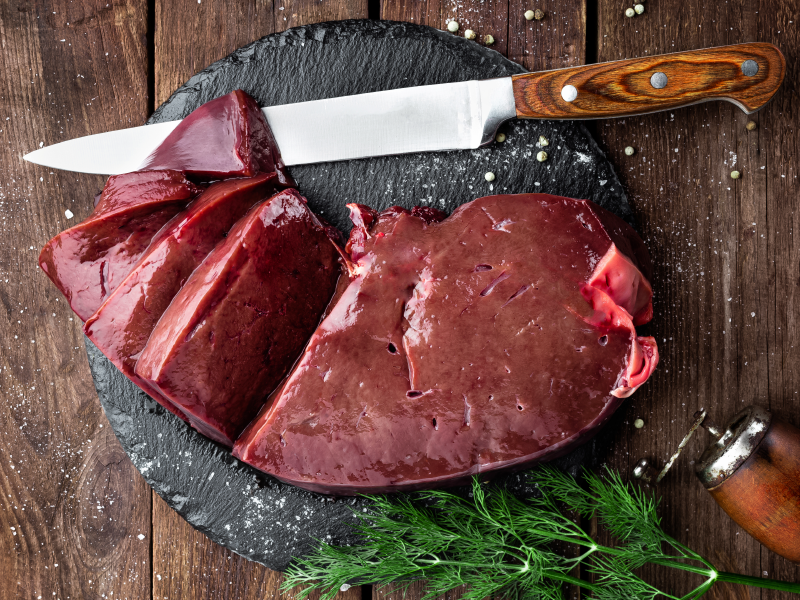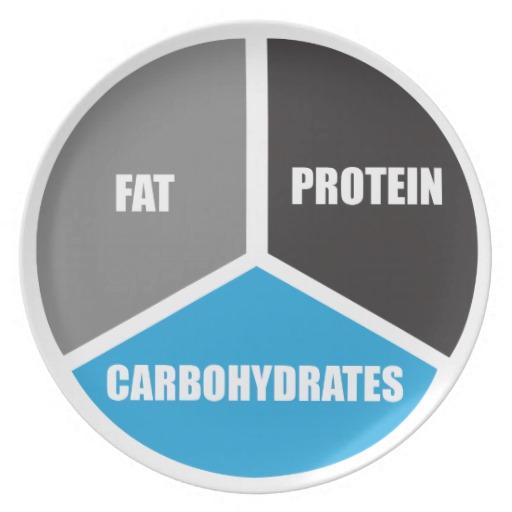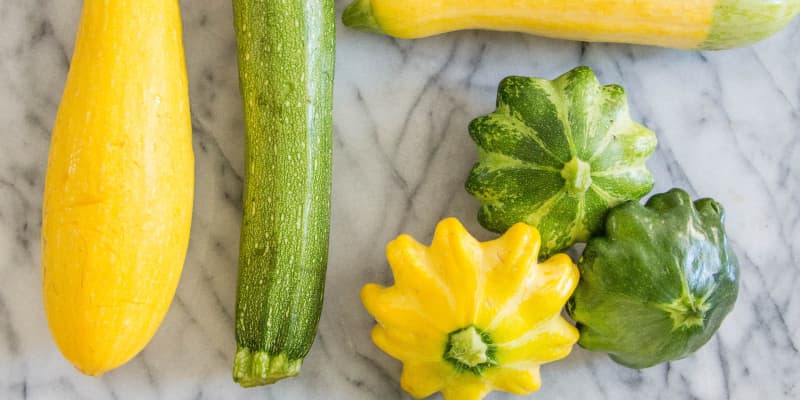So another year has gone by and I’m another year older. A bit late, but here is the annual update on my training, nutrition and other key happenings in life. If you’re somewhat interested, links to my previous annual updates can be found here: 36-ish, 37-ish and 38-ish.
Context and Goals
39-year-old. 180cm. 77kg.
I want to be fit enough, fast enough and strong enough to get through the daily challenges of life. Basically just I want to live healthy and well into old age.
Year Forty. Go on…
Food
Where to start? Well, it’s a wholefood diet. Something along the lines of an ancestral or paleo type diet. This has been my basic template for the last nine or ten years now. It has evolved over the years and I generally rotate between lower and higher carbohydrate intake throughout the year depending on my physical and mental requirements. In general, my protein intake is fairly stable throughout the year and I would switch between a high carbohydrate or high fat diet depending on the season and how I looked, felt or performed (mentally and physically).
Most days I’ll eat 3 meals, with at least 5 hours between meals, to allow the digestive system to do its job to metabolise nutrients to properly fuel the body. Most recently, I have added a high protein snack towards the end of the day as part of my evening routine. This usually consists of some protein powder mixed into some Greek yoghurt or cottage cheese.
As a general rule, my macronutrient breakdown would average out to be in the ballpark of:
- Protein: about 200g;
- Fats and oils: about 115g;
- Carbohydrates: about 130g (depending on activity level).
- Total: about 2355 calories.
Since the middle of February, I have made a conscious effort to increase my weight and build some lean muscle tissue which has required an increase in caloric consumption. I have added more carbohydrate to most meals, especially on training and / or competition days to help facilitate lean muscle growth.
These days, my macronutrient break down has looked a little more like this:
- Protein: about 240g;
- Fats and oils: about 85g;
- Carbohydrates: about 240g.
- Total: about 2685 calories.
What does this look like on a plate? It starts with quality sources of protein, such as beef, lamb, pork, game meats like kangaroo and venison, or some fish. Then, a variety of leafy greens, root vegetables or rice and finally some healthy fats like, butter, ghee or olive oil.
I also eat eggs almost daily, bone broths and fermented foods, like kimchi and yoghurt.
I drink a lot of mineral water and my coffee is almost always black.
Throughout the previous year with coronavirus related lockdowns within the community, my alcohol consumption went up, then down, then up again. Drinking the occasional glass of red wine with my partner throughout the winter, then experimenting with cocktails during the warmer months. Most recently, I have once again dialed back on the alcohol to zero, with the exception of special occasions like Anzac Day, or my birthday.
I normally train first thing in the morning, after a cup of black coffee with some collagen peptides. Since February, I have consumed a serve of WPC prior to my workout, in order increase protein synthesis, stimulate muscle growth and to help prevent the breakdown of lean muscle.
This has worked well for me for a while now and I have been able to maintain a healthy body composition, sustained physical performance and with fairly consistent energy levels throughout the day. In that time, I have increased my weight by nearly three kilograms. Looking in the mirror, I would say that the majority of the weight increase has been lean muscle. Not bad for year forty.
I’ll stress this again, this is what has worked for me.
Eating out. It’s now 2021 and eating out is a part of the modern social culture.
Most of 2020 eating out was taken off the cards with practically all restaurants being closed. This meant that I was able to dial in my nutrition pretty well without the temptation of fancy, over-indulgent meals at nice restaurants. Whilst I did eat out on occasion, I was really lucky with the fact that my partner eats very similar to myself so it was pretty easy for us to cook and share meals together at home with ease for the majority of the year. It also gave us some additional quality time together which I thought was pretty amazing.
I also know a little bit about nutrition and how to cook which helped.
Additionally, my partner recently commenced contest preparation for her third bodybuilding / bikini competition, which has increased the requirement to keep her the nutrition in order. I have chosen to basically eat the same as her, using my macros in order to support my goals of building muscle. It makes meal time easier for us when we eat together or when preparing meals for the week. It’s also an easy way for me to support her through her preparation.
Supplements
Generally, I don’t take a lot of supplements. I try to get all of my nutrient requirements through diet alone, with the addition of some Cod Liver Oil during the winter months to boost vitamins A and D, which among other things, supports optimal immune system function.
For pre-workout, I’ll make a cup of black coffee with some collagen peptides.
Magnesium. This is probably one of the most important supplements for me. Magnesium is vitally important to over 300 biological functions in the body from regulating protein synthesis to muscle function and supporting proper sleep patterns. As the demands for physical training, stress or professional workloads increase, the requirement for magnesium increases.
Vitamin C. Is a water soluble vitamin that has been shown to improve antioxidant levels, improve overall immunity, improve iron absorption, lower blood pressure, reduce heart disease and dementia risk. Vitamin C is also critical for collagen synthesis. Collagen is the most abundant protein in the body. It makes up the skin, bones, tendons, ligaments, and many other structures. Vitamin C is essential for collagen synthesis. That means the conversion of amino acids into functional collagen that the body can use.
That’s about it really.
Training
Strength and conditioning. During the last 12 months I’ve mainly focused on two training protocols. The first being mostly completing the bigger compound lifts first, then finish up with some accessory exercises and a finisher.
That means, deadlifts, power cleans, weighted pull-ups, horizontal and vertical presses. Followed by some accessory work like push-ups, dips, cable rows, split squats and ab rollouts.
I have generally split these movements into two separate training blocks, being push and pull, with the other being squat and press.
Sets and repetitions will vary each workout, but generally I’ll aim for about 25-30 repetitions in total for each movement. How many sets it takes reach that total will depend on how I’m feeling on the day. So days that could mean a standard 5 x 5 protocol and on others it could mean something like 2 x 15.
My other strength and conditioning focus has been the kettlebell lifts. I really enjoy training with kettlebells and have found them to be an incredibly versatile training tool over the years.
Training with kettlebells can be more dynamic and can develop strength and conditioning when implemented in circuit style training. I’ve also found that I can get a higher volume of lifts during my kettlebell training phases, not to mention a good sweat.
Farmer’s carries and high volume kettlebell swings have featured consistently in my programming.
Really simple. But simple works.
I’m not setting strength records, but I’m doing pretty well for a guy who has just turned 40 years old. I’m athletic, have a decent strength to weight ratio, can run reasonably quick, generally in pretty good health and rarely injured. Pretty important for somebody entering “middle-age”. This allows me to be consistent. And consistency is the key to long term health and performance. I can be active across a variety of disciplines just about any day that I choose, which is more often than not.
Running. It’s been mostly interval work and some 5km efforts. The Army loves running. So occasionally, I’ll have to run longer distances out to about 8km. As general rule however, it’s just the shorter, more intense runs that I feel the most benefit from.
During the last twelve months I competed in one virtual race with the New York Road Runners (NYRR), where you track a run locally and upload it to a global leaderboard.
Virtual Races:
- NYRR Virtual, 5k (21:50min)
As opposed to running, I have been walking a lot more. A great opportunity to listen to a podcast, catch up with a friend or spend some time out in nature.
Basketball. It’s back. I’m really enjoying being on the court. Both socially and competitively. It’s a sport I’ve played since I was 12 years old. The 2020 competitions were brought to an immediate closure in March. Really disappointing as we were playing well and winning.
Overall, I’m having a lot of fun playing sport again. I just love competing. Each night I’m matching up against players half my age so it’s a good feeling to be competitive and even beat most of my opponents on a nightly basis.
Right now my training consists of four days of strength and conditioning combined with one or sometimes two days of running (mostly easy / mid-level efforts and some sprint work). Each workout will last about 40 to 50 minutes. I play basketball two nights a week, on Tuesday and Thursday.

A final point. Doing something is better than doing nothing.
Lifestyle and Travel
I’m living in Melbourne, Australia. It’s my fifth year back in my home state. It really is great being around family and friends for such an extended period of time. I feel like I am a part of the local community again, which is great. It does feel nice to be able to hold a decent conversation with your local barista or butcher a daily / weekly basis.
The importance of good social connections is often overlooked when it comes to optimising your health and how well you perform at all levels on a daily basis.
This year is my eighteenth year in the Army. A life time. For the most part it’s been an exciting career that has allowed me to develop as a human and contribute to the global society in a positive way. A career that has taken me to almost every corner of the world and I have had the opportunity to work with many great people from a variety of countries sharing the same values and goals as myself.
My girlfriend / partner. What can I say? She is nothing short of amazing. Highly driven, intelligent, independent, strong and beautiful. Running an office as an associate lawyer for a major personal injury law firm. She also lectures law subjects at the local university, instructs fitness classes and as discussed earlier, is in the middle of her third bodybuilding / bikini contest preparation. Most importantly, she makes me strive to be a better human every day.
We were fortunate enough to meet about a month prior to the initial lockdown early last year. In my estimation, just enough time to figure out that we were both decent humans with great potential, both as individuals and as a couple.

Note. We still are both decent humans.

She lives in Bendigo, Victoria. About a ninety minute drive outside of Melbourne. It’s only four turns from my door to hers. We were lucky enough to be able to travel between the two locations during the lockdown months, which did give us some sort of freedom or normality during a period of time that could just as easily have been incredibly lonely and mentally tough.
We were both lucky to have the opportunity to remain employed throughout the last twelve months and the transition to the work-from-home life made it even easier to spend time together between Bendigo and Melbourne. We are both back working at our respective office / barracks most days which means our time together has been reduced to mostly the weekends.
Having the opportunity to spend time in Bendigo has been great. A regional city with the country town sense of community. There are some amazing restaurants to try and some fantastic cocktail bars that are worth checking out. Not to mention some good coffee and a decent gym by the name of McQuinn’s.
As usual, I also spent some time at the family holiday home on the Mornington Peninsula. Always a great option for a lazy weekend getaway and some valuable beach time. We also spent a few nights between Crown Towers Resort Melbourne and the Jackalope Hotel Resort on the Peninsula around the Christmas / New Year period.
We also travelled to Adelaide in early January for five days. Most of our time was spent visiting beaches and cafes along the coast during the day and some inner city cocktail bars in the evenings.
So, what’s next?
The next twelve months is going to be an exciting time. On a personal note, I am seriously considering the possibility of transitioning out of the full-time service with the Army in order to provide more stability at home. I’ll most definitely continue to contribute with the Army Reserve. I feel that it is time for me find a new challenge on a professional level.
I’m always looking at ways to continue my development both personally and professionally. Most recently I have taken a deeper look into the works of Dr. Jordan B. Peterson and furthering my knowledge of long term property investment to better prepare myself for the future.
Life can be whatever you want it to be, and there are some really exciting times are ahead.
Until then… Live well. Train hard. Enjoy life.












